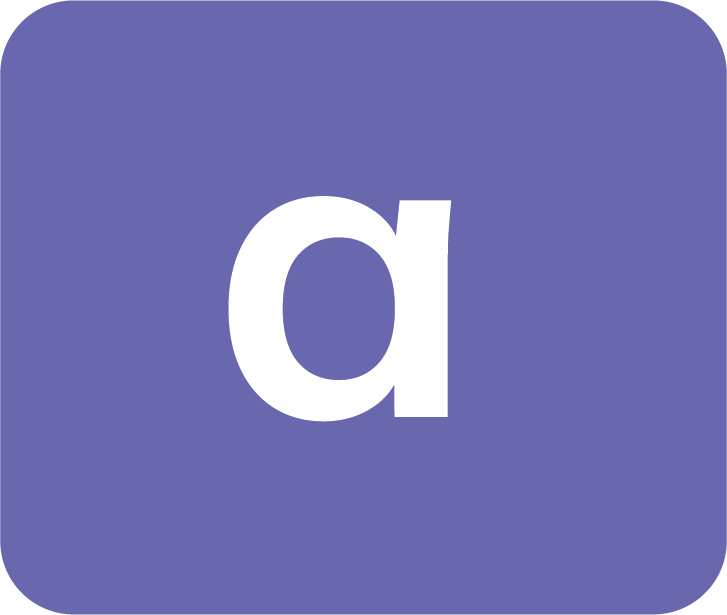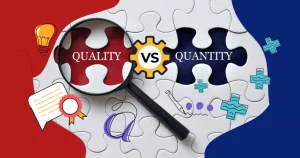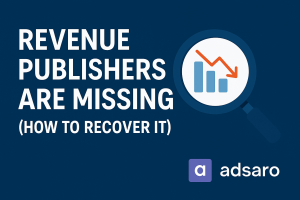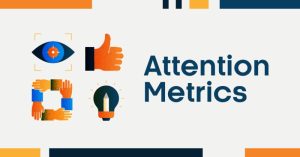Five years ago, podcast advertising was considered a niche experiment—mostly limited to tech-savvy startups and indie content creators. Today in 2025, it’s evolved into one of the most effective and trusted advertising formats in the digital ecosystem.
As banner blindness grows and video ads become more intrusive, podcast advertising offers a rare combination of engagement, authenticity, and targeting precision. For brands, it’s a golden opportunity to connect with audiences in a space where they’re fully tuned in. For publishers and creators, it’s a lucrative and sustainable monetization model.
Let’s explore why the power of podcast advertising is growing, how it works, and how businesses and publishers alike can harness its full potential.
Why Podcast Advertising Is Booming ?
The podcast industry has seen explosive growth—over 500 million monthly global listeners, and counting. What sets podcasts apart from other forms of media is how deeply personal and immersive the experience is. Listeners often feel a genuine connection with hosts, sometimes following them for years.
This emotional investment creates an environment where ads are welcomed rather than skipped. In fact, many listeners actually prefer to hear from sponsors because they trust the host’s judgment. That’s why brands are shifting ad budgets from visual formats to podcasts.
Plus, as smart speakers, wearables, and in-car apps gain popularity, audio content consumption is becoming a 24/7 activity. This always-on access is fueling the surge in podcast ad revenue, expected to exceed $5 billion globally in 2025.
Podcast Ad Effectiveness: Trust That Converts
What makes podcast ad effectiveness stand out is the trust factor. Most podcast ads are host-read, which means they’re integrated into the content naturally. It’s like hearing a friend make a recommendation—not a faceless, generic ad.
This authenticity leads to:
- Higher recall rates
- Stronger brand affinity
- Increased conversions
A Nielsen study found that podcast ads drive up to 4.4x better brand recall than display ads. Listeners also tend to be more loyal and open to trying new products recommended by trusted voices. That kind of organic influence is hard to replicate with traditional advertising.
Podcast Ad Targeting: Precision in a Cookie-Less World
In a world moving away from third-party cookies, podcast ad targeting has adapted beautifully. Platforms now use first-party listener data, contextual insights, and geolocation to deliver ads that are not just heard—but relevant.
You can target listeners based on:
- Demographics (age, gender, income)
- Geography (city-level targeting)
- Listening behavior (interests, show genres)
- Device usage and time of day
For example, a wellness brand like Calm can serve ads during mindfulness podcast episodes in health-conscious regions, or a language learning app such as Duolingo can target travel podcasts listened to by users in Europe. This granular targeting makes ad spend highly efficient, with less waste and better ROI.
The Rise of Programmatic Podcast Advertising
Gone are the days when advertisers had to negotiate directly with individual podcast hosts. Enter programmatic podcast ads, which bring automation, scale, and precision to audio advertising.
Through DSPs and SSPs that specialize in audio, advertisers can now:
- Buy inventory across multiple podcasts in real-time
- Set audience filters for precise targeting
- Use dynamic ad insertion (DAI) to tailor content
- Access detailed analytics and attribution models
This shift allows brands to run large-scale podcast campaigns just like they would with display or video, without losing the personal touch of audio. Publishers benefit, too—they can fill unsold inventory and optimize ad yield.
Benefits for Publishers and Brands
For Publishers:
- High CPMs: Podcasts can command $18–$50 CPM, much higher than banner ads.
- Loyal Audience Monetization: Listeners tend to be long-term and highly engaged.
- Diverse Ad Formats: From host-read to branded episodes, there’s flexibility.
- Low Disruption: Ads enhance, rather than hinder, the listening experience.
For Brands:
- Authentic Engagement: Messaging comes through voices audiences already trust.
- Creative Freedom: Story-driven ads, jingles, interviews, and custom segments.
- Cross-Platform Reach: Podcasts are consumed across devices and environments.
- High Conversion Rates: Because the medium promotes real attention, not just impressions.
Best Practices for Podcast Advertising Success
Want to unlock the full power of podcast advertising? These best practices will guide your success:
- Partner with aligned shows
Choose podcasts whose themes and tone align with your brand values. - Invest in host-read ads
Listeners respond best when the message comes from the voice they trust. - Personalize and localize
Use DAI and targeting to make your ads relevant to individual listeners. - Track performance smartly
Utilize unique URLs, promo codes, and listener surveys to measure impact. - Test and iterate
Experiment with ad length, placement (pre-roll, mid-roll, post-roll), and storytelling style.
Conclusion:
Podcast advertising is no longer the underdog of digital marketing—it’s a frontrunner. In 2025, brands are leaning into the power of podcast advertising to tell stories, build trust, and reach engaged audiences in an authentic way. With targeting getting smarter and programmatic infrastructure maturing, the time to get serious about podcast ads is now.
For publishers, it represents a high-ROI monetization strategy that respects user experience and strengthens community. For advertisers, it’s the bridge between reach and resonance.
So whether you’re planning your next ad campaign or looking to monetize your content library—put podcasts on your roadmap. Your audience is already listening.








Leave a Reply